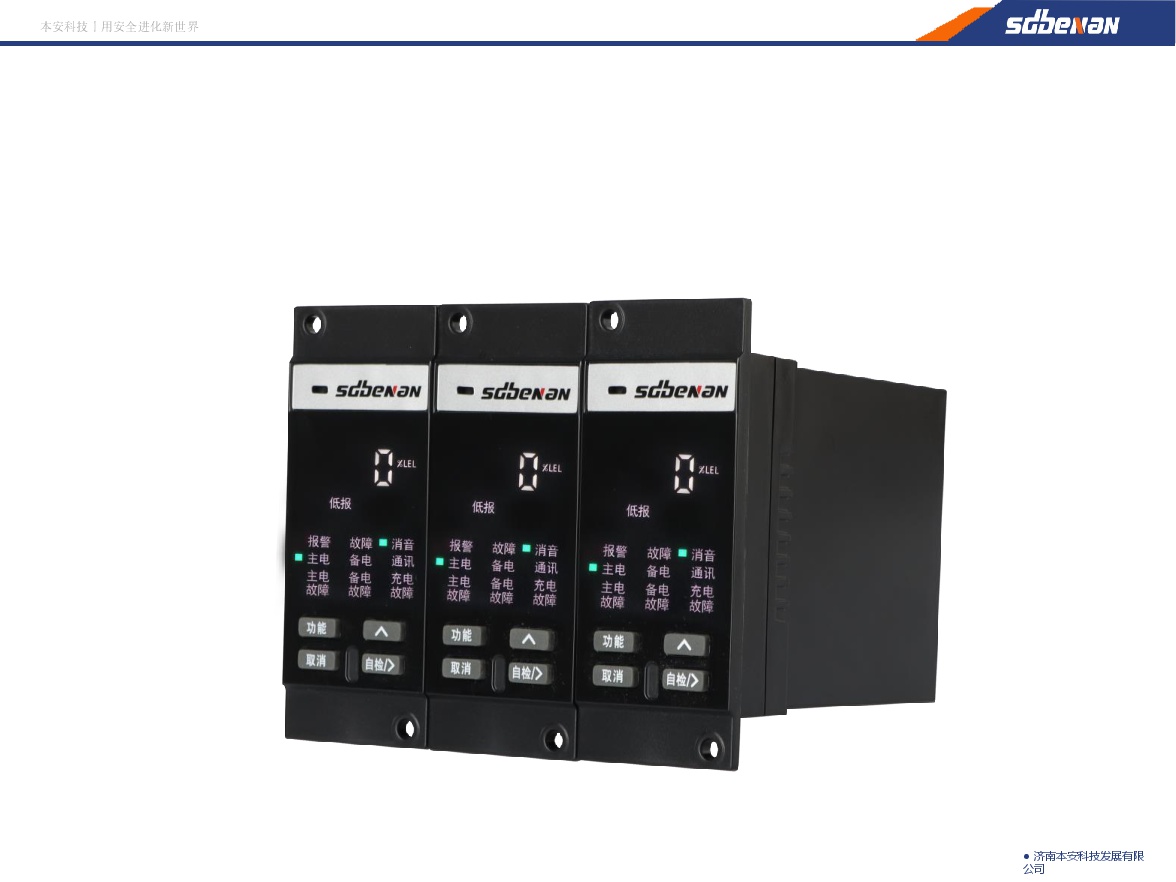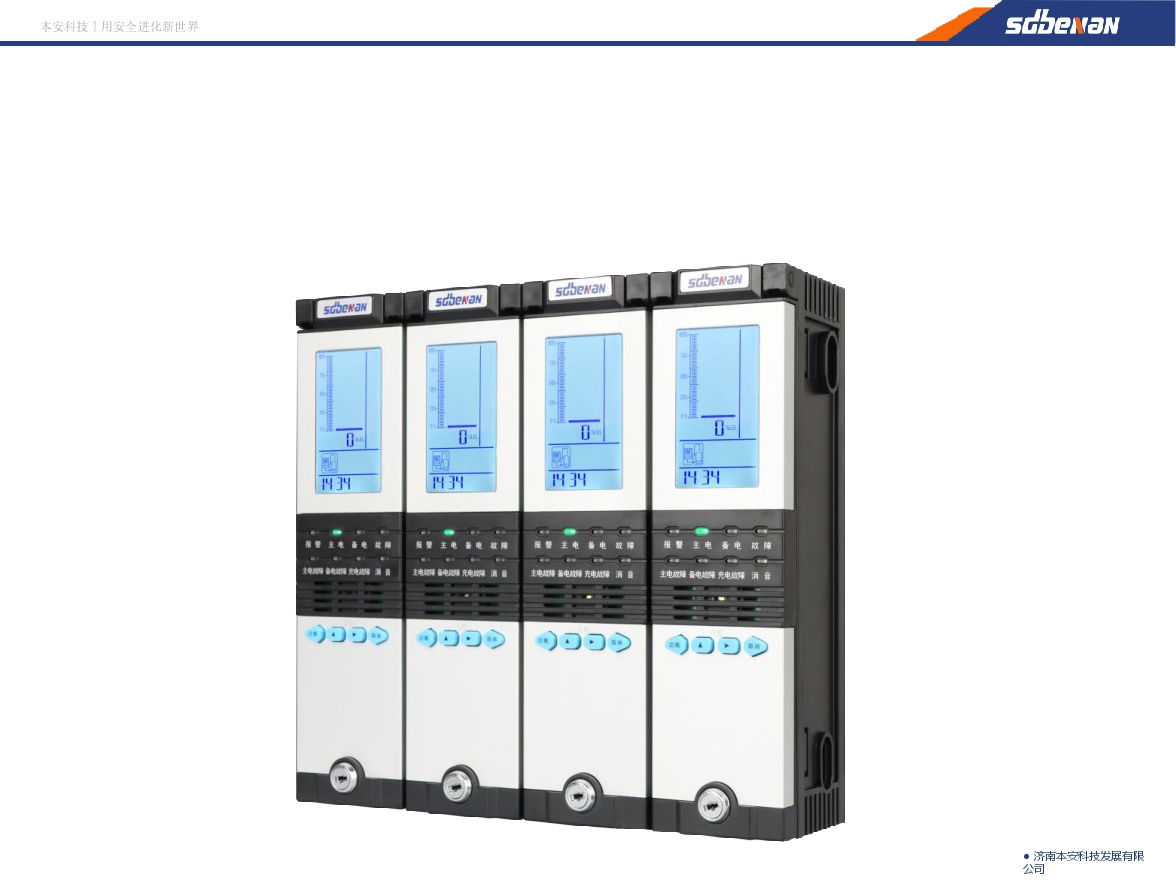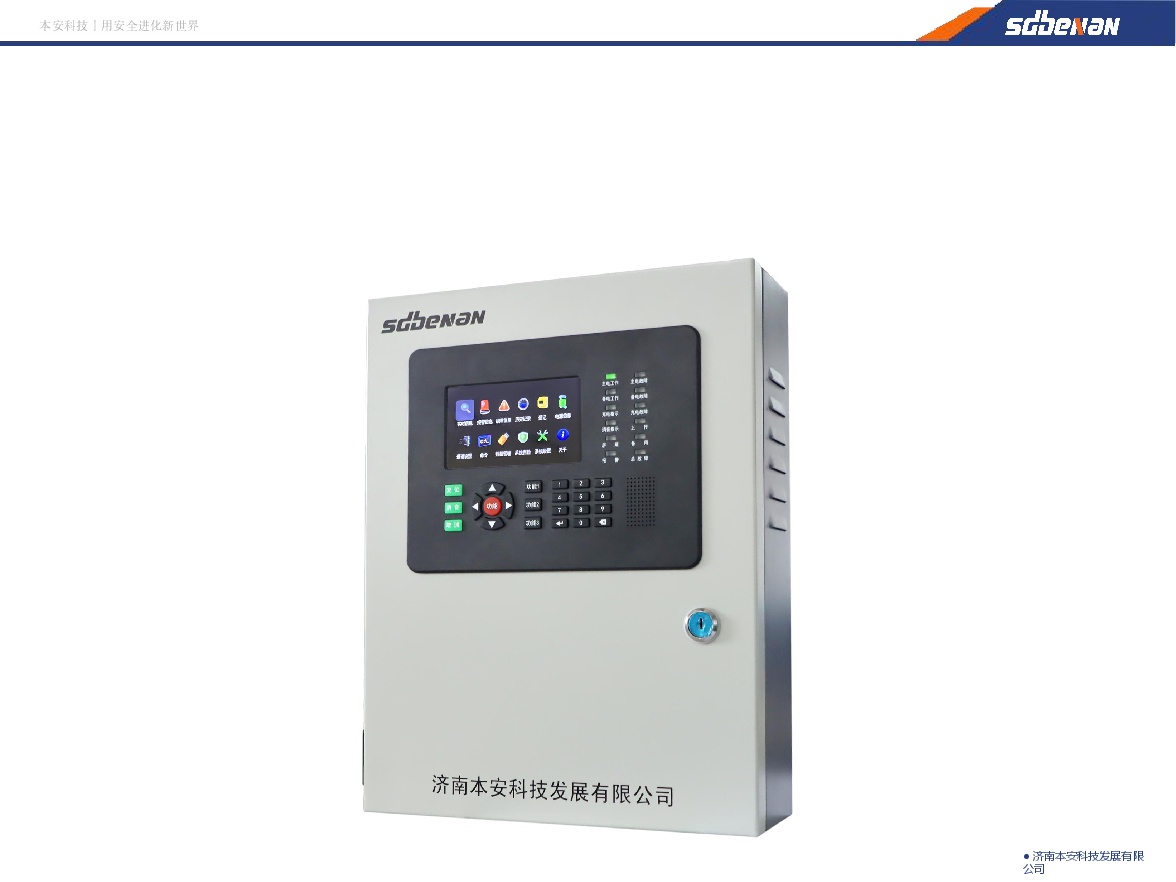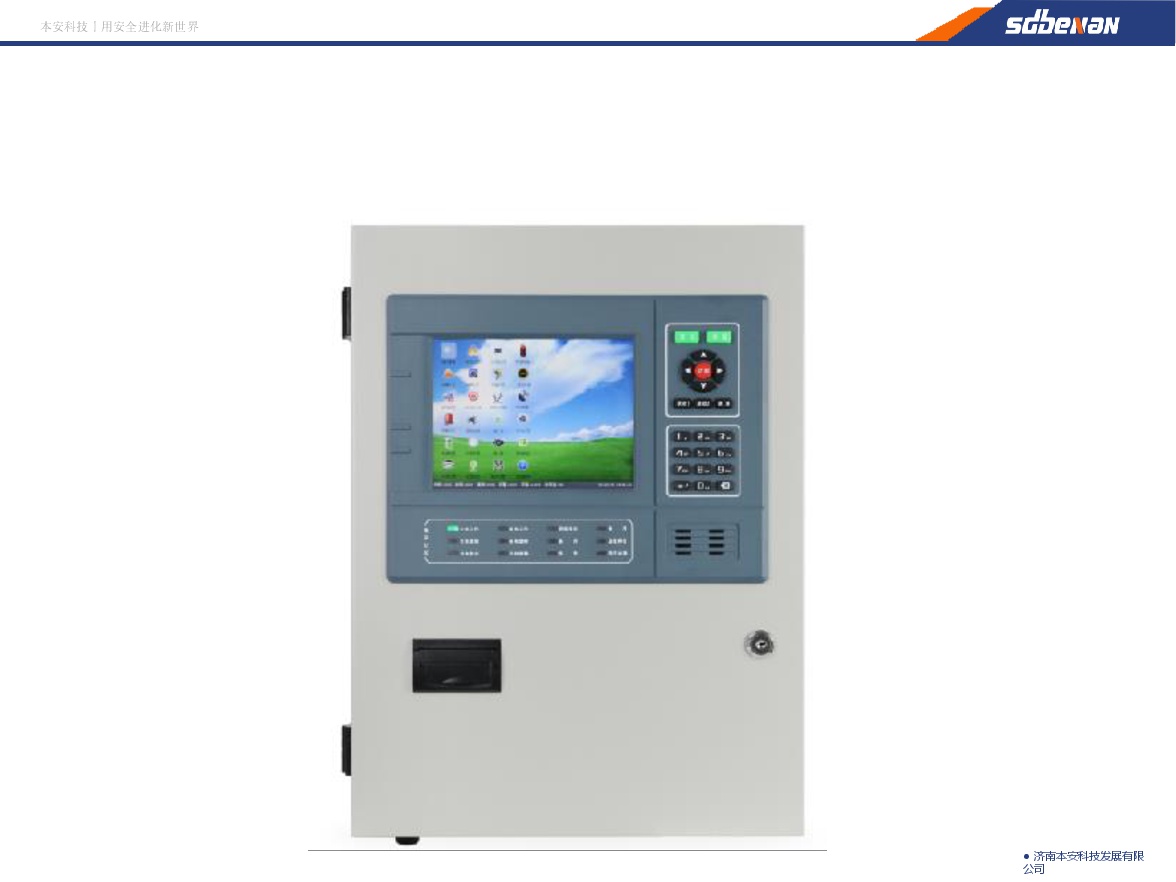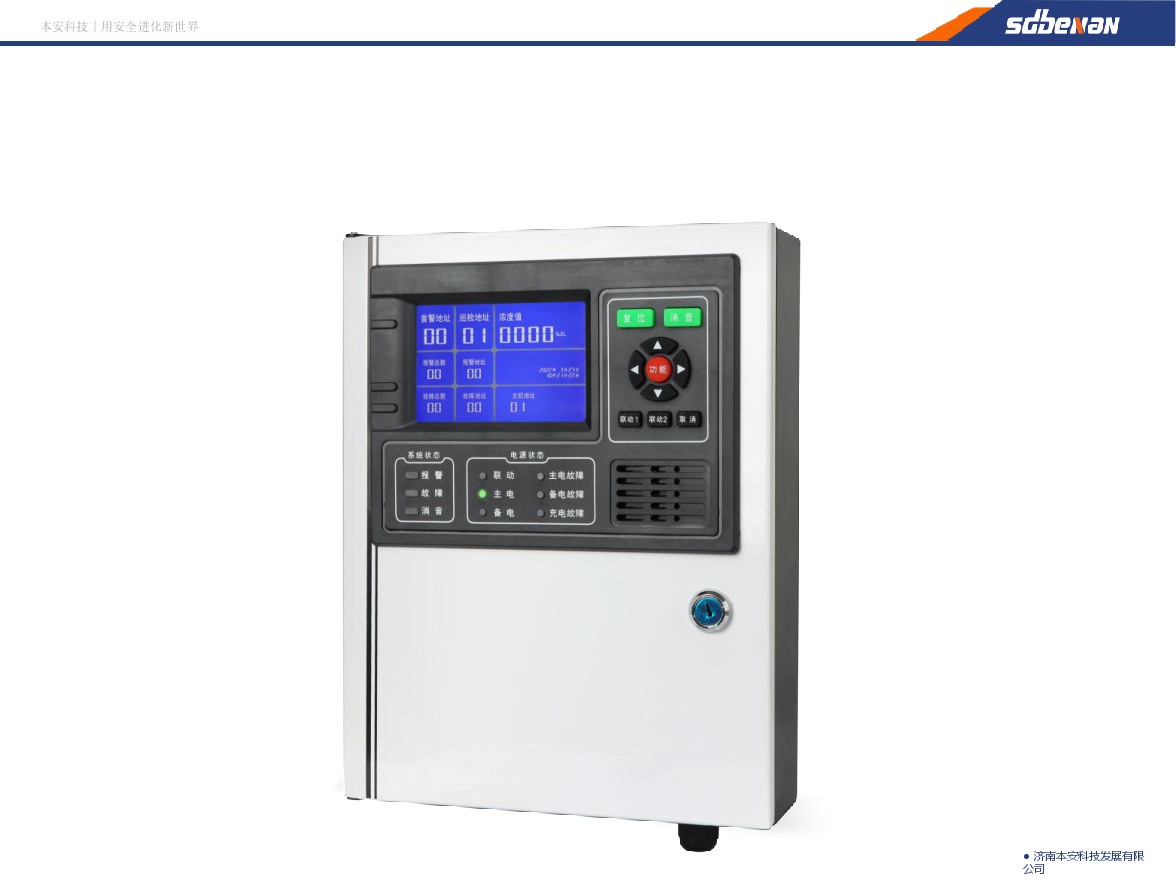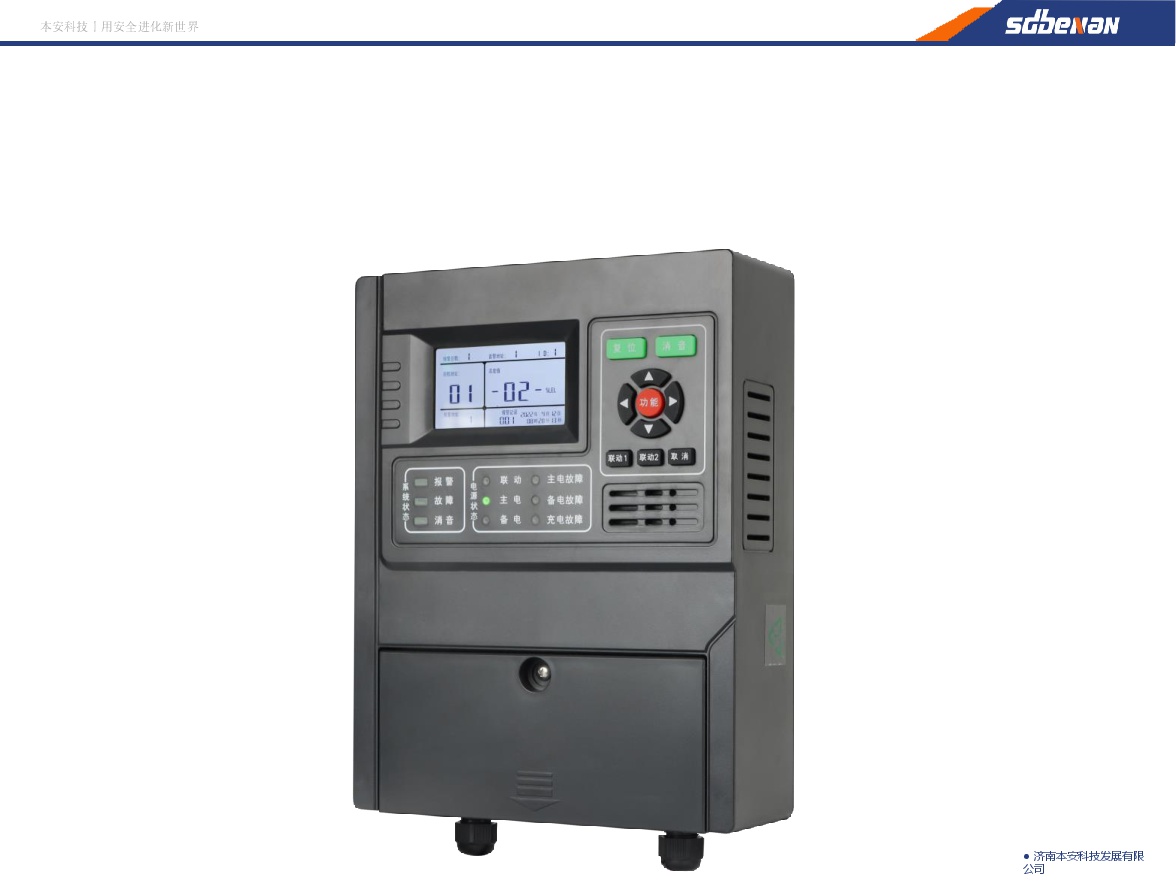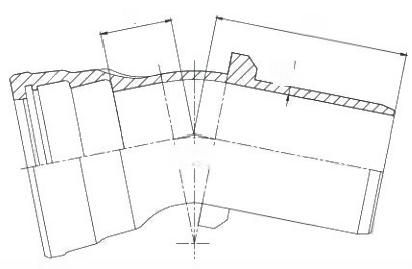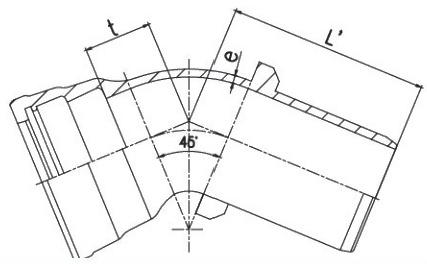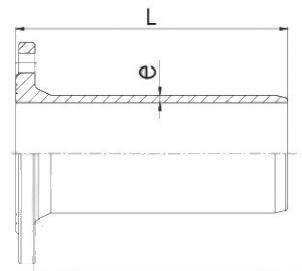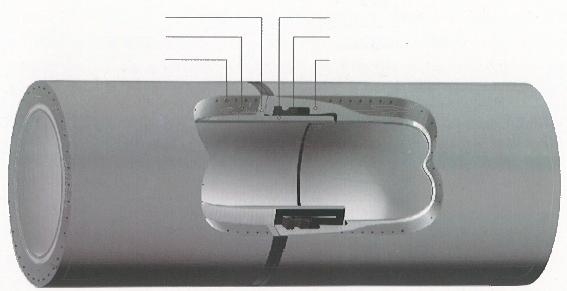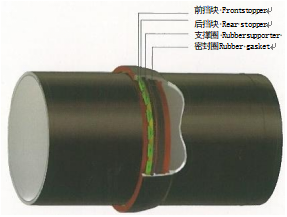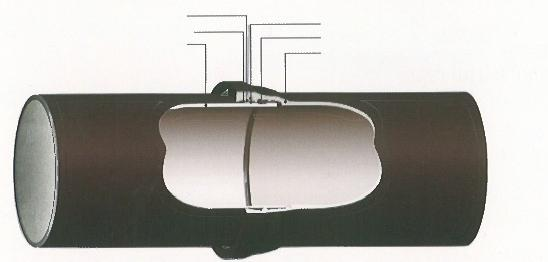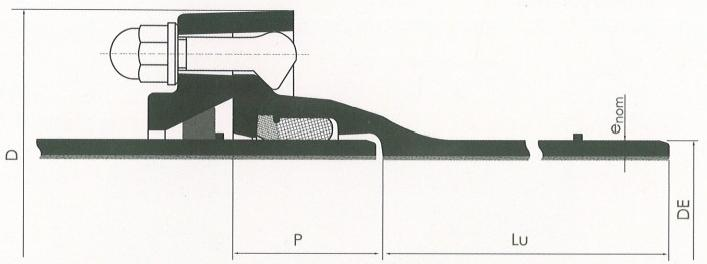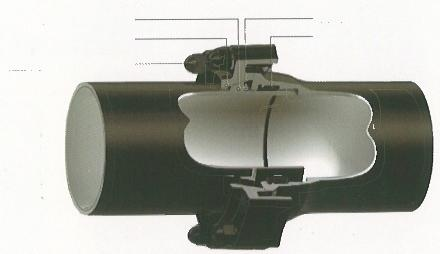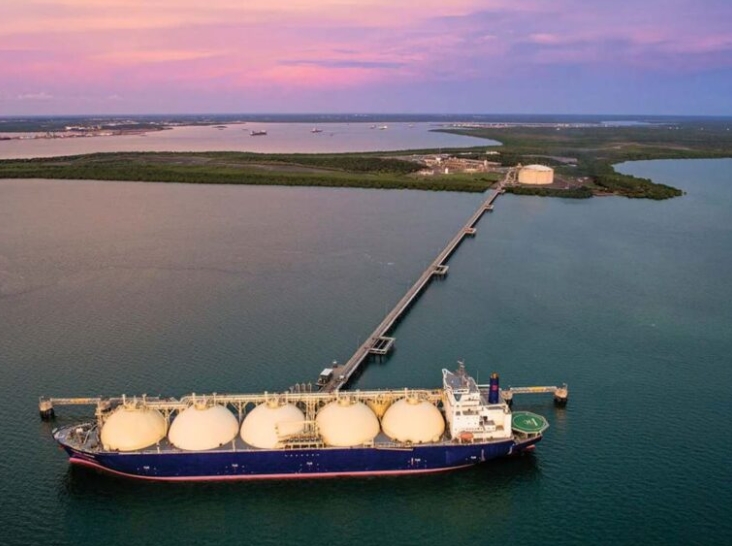
Wedoany.com Report-Jan 24, Australia’s energy giant Santos has joined forces with Tamboran Resources Corporation to look into a potential enlargement of a liquefied natural gas (LNG) project in Darwin, with the idea of supplying more gas to the country’s domestic market and international LNG scene.
Thanks to a non-binding memorandum of understanding (MoU), Santos and Tamboran intend to undertake and progress technical studies related to a potential Darwin LNG (DLNG) Train 2 expansion and collaborative work on the jointly owned EP 161 acreage in the Beetaloo Basin.
These studies will evaluate options for supplying natural gas to a potential expansion train at the existing DLNG facility at Middle Arm, a single train liquefaction and storage facility located at Wickham Point on Darwin Harbour in Northern Territory, Australia.
Since commissioning in 2006 and up to the cessation of LNG production from the field in late 2023, the LNG asset received gas from the Bayu-Undan field in the Timor Sea and converted it into LNG for sale to overseas markets. Santos operates the existing DLNG project with a 43.4% working interest.
This LNG facility is undertaking life extension works to prolong the design life of the plant and to provide gas processing and marine loading services under a long-term contract to the Barossa joint venture (JV), which will supply feed gas from an offshore gas and light condensate project situated approximately 300 km north of Darwin.
DLNG was approved for a nominal 10 million tons of LNG per annum (mtpa), with this expansion opportunity up to approximately 6 mtpa. The Darwin LNG joint venture recently secured the financial close of new syndicated bank loan facilities totaling $800 million. The final investment decision (FID) for the Barossa gas project in 2021 set in motion a $600 million investment in the DLNG life extension and pipeline tie-in projects.
This encapsulates activities related to a floating production storage and offloading (FPSO) unit, known as Opal, subsea production wells, supporting subsea infrastructure, and a gas export pipeline tied into the existing Bayu-Undan to Darwin LNG pipeline to extend the facility’s life for around 20 years.
Upon deployment, the 4.6 billion fixed 15-year FPSO contract, with additional ten-year extension options, will allow BW Offshore to take care of natural gas production at the Australian field, thanks to a $1.15 billion project debt financing in September 2021 for the construction and operation of the unit.
The FPSO Opal is slated to start its journey to Australia in the first quarter of 2025 to achieve the first gas in the third quarter of the same year. Santos confirmed in August 2024 that the Gas Export Pipeline (GEP) to deliver gas from the field to Darwin LNG was complete while construction activities for the Darwin Pipeline Duplication were underway.
According to Woodside, the Barossa gas project is 88.3% complete and remains on track for first production in the third quarter of 2025 within current cost guidance, as the final drilling activities finished on the second and third wells of the six-well drill program, with strong flow test results and reservoir performance.
While the fourth well was partially drilled and suspended for return in 2025, the fifth well in the program
was spudded. The Darwin pipeline duplication is 71.4% complete, with the beach pull to Darwin LNG completed successfully and over 30 km of pipeline installed.
Kevin Gallagher, Santos’ Managing Director and Chief Executive Officer, underlined: “While our focus remains on delivering Barossa and Pikka, which will set us up with strong, stable long-term production, Santos has a suite of high-quality development options for the future, including Dorado and the Bedout Basin, Narrabri, the Beetaloo Basin, PNG and Alaska’s North Slope.
“These options will be progressed in accordance with our disciplined capital allocation framework, at the right time to backfill and expand production, and in a way that delivers maximum value for shareholders. Demand for LNG from our portfolio of world class LNG assets located close to Asian markets remains robust, which strategically positions Santos to supply lower cost, lower carbon LNG to the Asia Pacific region out to at least 2040.”
Furthermore, Tamboran (25%) and Santos (75%, operator) are joint venture partners in the EP 161 acreage, which holds around 300,000 acres of Mid Velkerri B Shale at depths below 8,850 feet (about 2,700 meters). The region has demonstrated Marcellus Basin-type decline curves from two Tanumbirini wells drilled and flow tested in 2022.
The two players are committed to supplying natural gas from the Beetaloo Basin to the Australian domestic gas and international LNG markets. In line with this, Tamboran emphasizes its commitment to progressing the development of the proposed NTLNG project at Middle Arm, which is currently undergoing pre-FEED studies with Bechtel Corporation.
Joel Riddle, Tamboran Resources Corporation’s Managing Director and CEO, highlighted: “The MOU between Tamboran and Santos aims to explore commercialization options for the development of DLNG Train 2 utilizing natural gas supplied from the extensive prospective gas resources within the Beetaloo Basin.
“With approximately two million net prospective acres across the Beetaloo Basin, Tamboran holds significant gas resources capable of supplying Northern Territory and Australia’s East Coast gas market for decades. With multiple commercialization pathways via LNG markets at Darwin and Gladstone and the East Coast domestic gas market, Tamboran is well positioned to assess opportunities to accelerate value for our shareholders.”
Moreover, Riddle confirms the firm’s belief that the shale within the deepest Beetaloo East region is on par with some of the high-quality shale qualities unlocked in the Shenandoah South area in the Beetaloo West.
“We look forward to advancing discussions with Santos to unlock this significant shale gas resource and contribute to the expansion of DLNG in Darwin. This development has the potential to deliver royalties to the Northern Territory Government while generating jobs and royalties for Native Title Holders in the region,” concluded Riddle.
